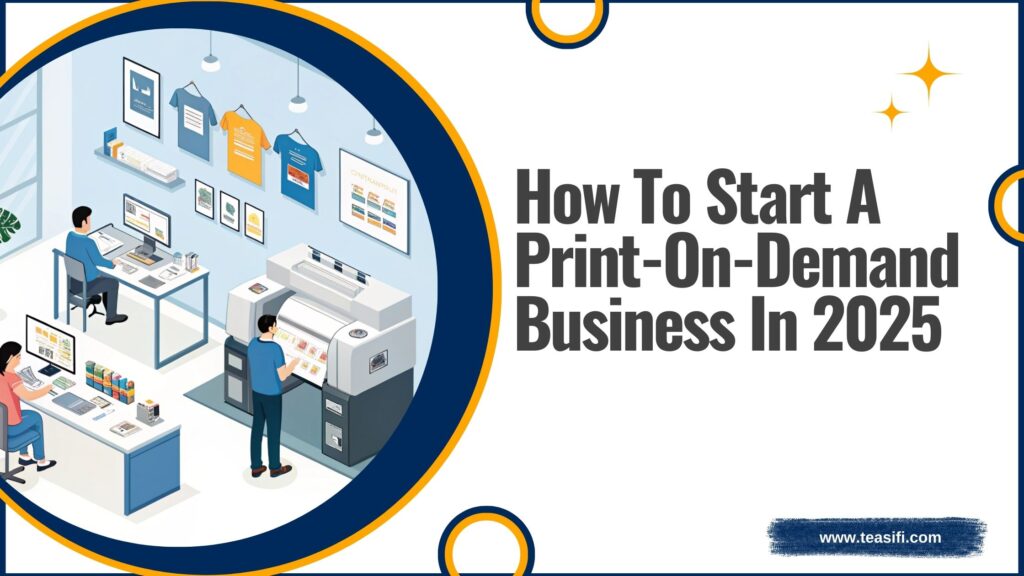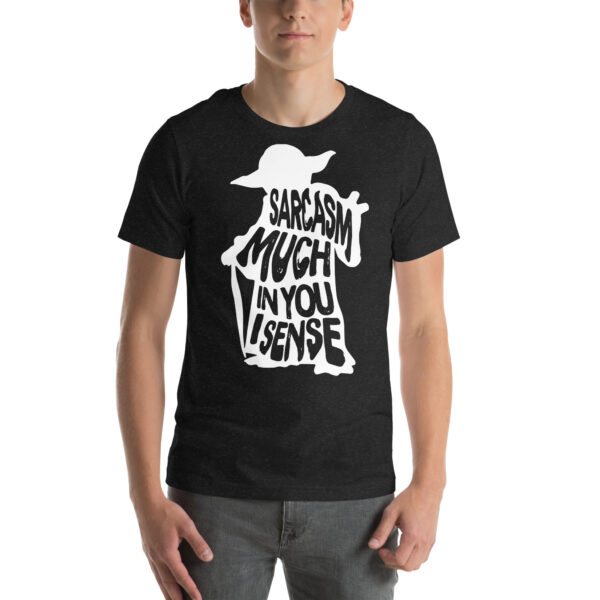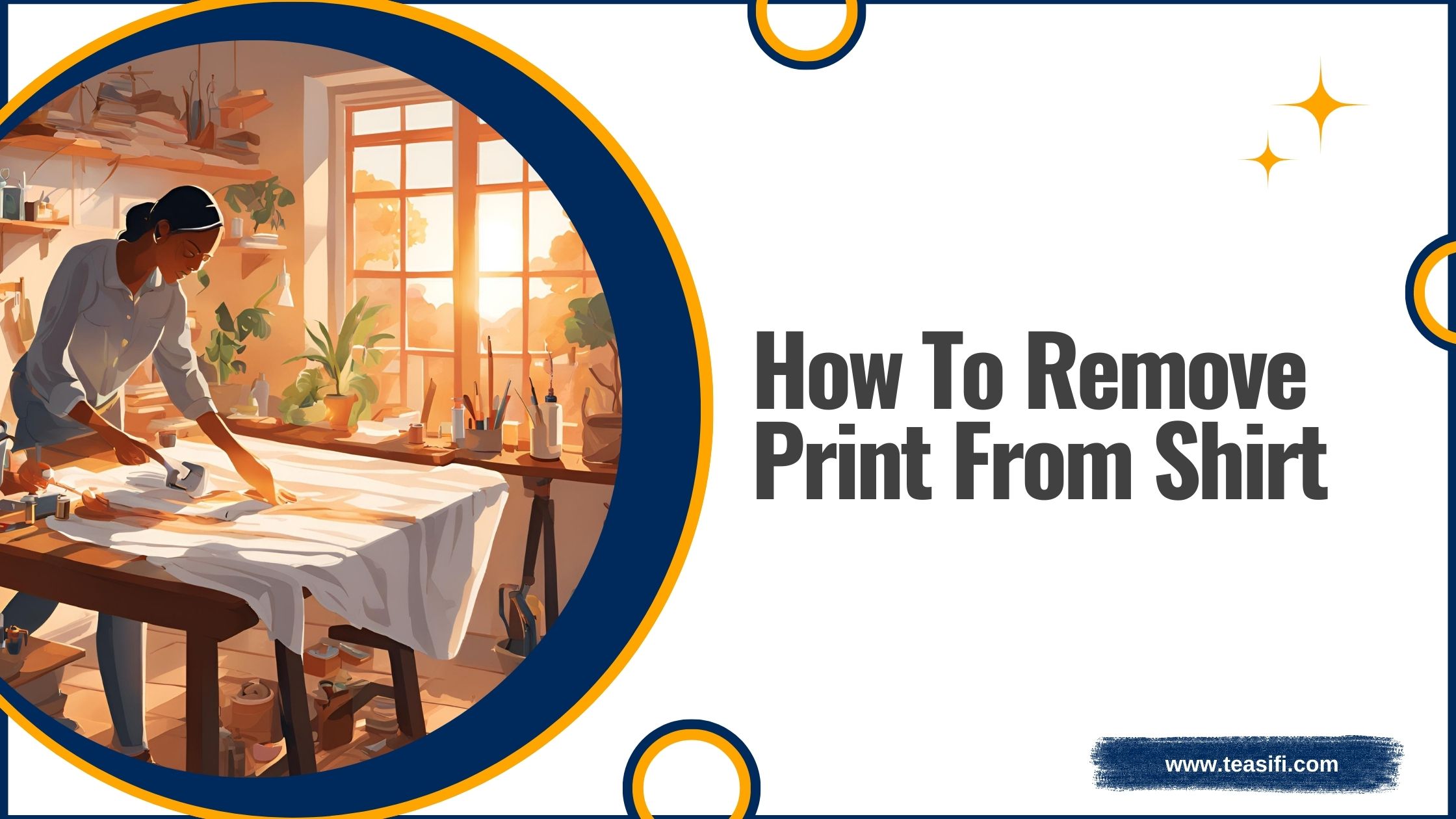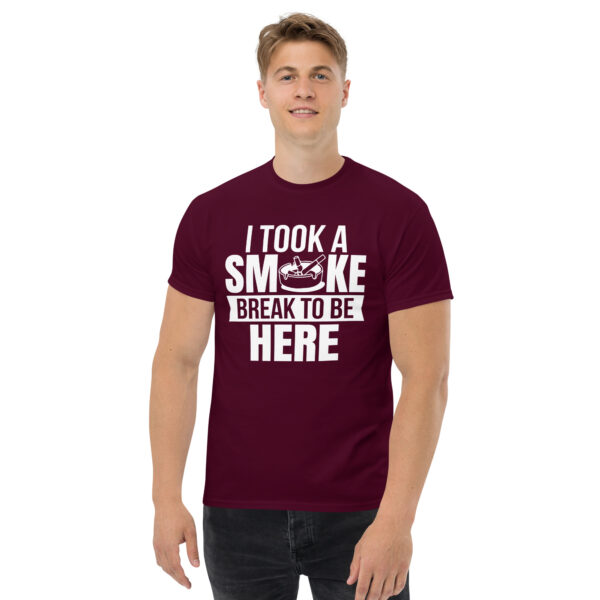The print on demand model is transforming ecommerce, making it easier than ever to launch an online store. You can design custom products with just a creative spark and some free time and sell them without worrying about inventory or shipping, POD platform handles it all for you.
Are you ready to turn your idea into income? Follow our step-by-step guide to starting a print-on-demand business in 2025 with zero upfront investment.
Table of Contents
ToggleWhat Is Print-On-Demand?
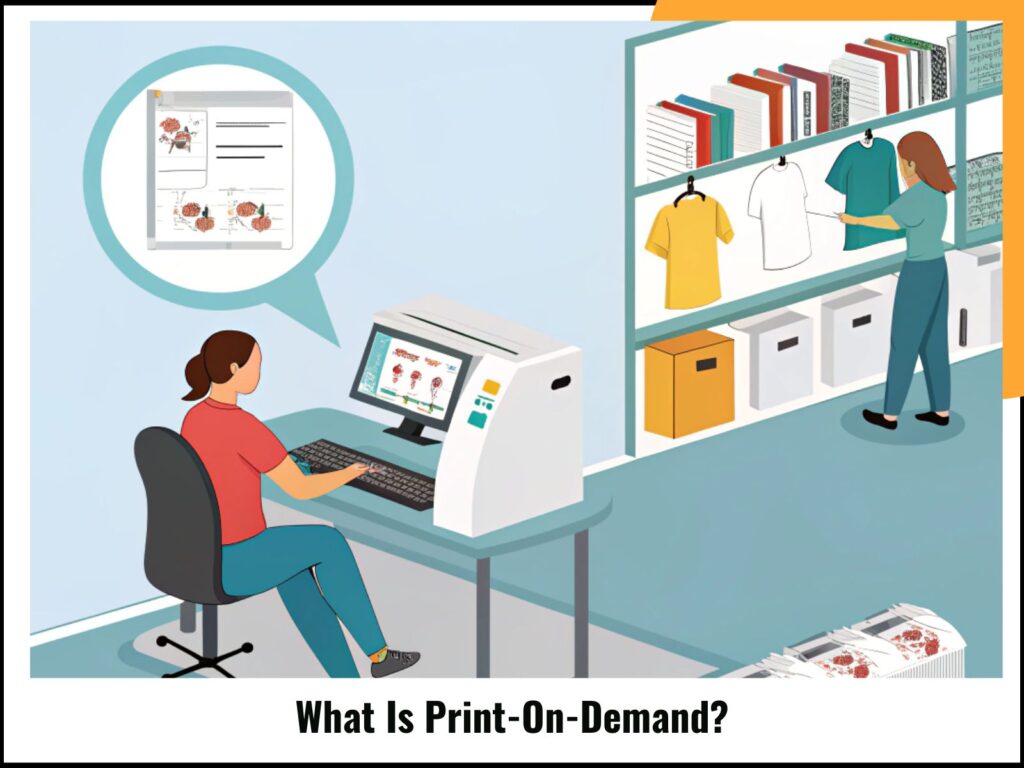
Print-on-Demand (POD) is an eCommerce model where products are printed only after an order is placed. This eliminates the need for upfront inventory costs, making it an ideal business for entrepreneurs looking to start with minimal risk.
POD platforms like teasifi offer a range of services, including production, fulfillment, and integration with popular marketplaces like Shopify. This allows you to focus on marketing and scaling your business while your print provider takes care of the logistics.
With the global POD market projected to reach $48.4 billion by 2032, there’s never been a better time to get started.
Let’s explore how you can launch a profitable print-on-demand business with no initial investment.
How To Start A Print-On-Demand Business In 2025
Choose Your Niche
A niche is a specific market segment that allows you to stand out, attract loyal customers, and maximize profits.
Selecting the right niche is crucial as it determines your audience, product selection, and overall success.
How To Find A Profitable Niche
- Check Trending Products – Browse bestsellers on platforms like Amazon, Etsy, and TikTok Shop.
- Use Google Trends – Analyze search interest over time to gauge popularity.
- Find Relevant Keywords – Tools like Google Keyword Planner and Ahrefs can help identify trending search terms.
If you’re unsure where to start, consider niches related to your passions, such as fitness, pets, or gaming.
Decide What to Sell
POD offers a vast selection of customizable products, including:
T-Shirts
Die-cut Stickers
Hoodies
Socks
Tote Bags
Your product choices should align with your niche and target audience. Research trending categories on
- Amazon & eBay – Explore top-selling items.
- Etsy – Discover unique, handcrafted, and gift-worthy products.
- Printify Bestsellers – Check what’s popular on Printify.
Make sure your products stand out by offering unique and creative designs.
Create Unique Designs
You don’t need to be an artist to succeed in POD. Many tools and resources can help you create professional-looking designs:
- Printify’s Product Creator – Access free graphics and design tools.
- AI Image Generators – Quickly generate eye-catching visuals.
- Stock Image Libraries – Use Shutterstock and other platforms for inspiration.
- Freelancers – Hire skilled designers on Fiverr or Upwork.
For original ideas, conduct market research on Pinterest, Dribbble, and Designious. Always ensure your designs are unique, never copy existing artwork.
Tip: Test your designs by sharing them on social media and gathering feedback before listing them for sale.
Choose Where To Sell
You can sell POD products on marketplaces or build your own online store
- Marketplaces (Amazon, Etsy, eBay) – Quick setup, built-in traffic, but high competition.
- eCommerce Platforms (Shopify, WooCommerce) – Full brand control, better marketing flexibility, but requires effort to drive traffic.
Teasifi integrates with top eCommerce platforms and marketplaces, making it easy to connect your store and start selling.
Set Up Your Store
Each platform has its own setup process, but some common steps include:
- Choosing a store name and domain
- Adding high-quality product images
- Writing detailed product descriptions
- Setting up payment & shipping options
Optimizing your store with SEO-friendly product listings will increase visibility and attract more customers.
Select A Reliable Supplier
A successful POD business depends on a trusted print provider. Look for:
- High-quality printing
- Competitive pricing
- Fast & reliable shipping
- Seamless integrations
Order product samples to ensure quality before launching your store.
Set Your Pricing
Your pricing should be competitive while ensuring a healthy profit margin. Consider:
- Production & Shipping Costs – Factor in fulfillment expenses.
- Market Trends – Compare pricing with similar products.
- Customer Location – Optimize shipping costs with local suppliers.
Teasifi allows you to set flexible profit margins, helping you maximize earnings.
Ensure Product Quality
Quality is key to customer satisfaction and repeat sales. Before launching, test your products by:
Ordering samples to check print and material quality.
Evaluating colors, fit, and durability.
Gathering feedback from friends, family, or potential customers.
A good reputation will lead to positive reviews and higher sales.
Market Your Products
Effective marketing is essential for driving traffic and boosting sales. Try these strategies:
- Social Media Marketing – Promote your store on Instagram, TikTok, and Pinterest.
- Influencer Collaborations – Partner with creators to expand your reach.
- Content Marketing – Write blogs, create videos, and share customer testimonials.
- Email Campaigns – Send special offers and product updates to subscribers.
- Paid Ads – Invest in Facebook Ads or Google Ads to target potential buyers.
Engage with your audience and provide valuable content to build a loyal customer base.
Track Your Store’s Performance
Monitor your sales, customer behavior, and marketing efforts with tools like:
Google Analytics – Track website traffic and conversion rates.
Hotjar – Understand user interactions on your site.
Customer Feedback – Use reviews to improve products and services.
Analyzing data will help you refine your strategy, optimize listings, and boost revenue.
Pros & Cons Of Print-On-Demand
Pros
Easy to start – No inventory or upfront investment.
Low financial risk – Pay only when you make a sale.
Global reach – Sell worldwide with no extra effort.
Cons
Limited control over quality – Work with trusted suppliers.
Longer production times – Orders are printed on demand.
Lower profit margins – Costs per item are higher than bulk wholesale.
Despite some challenges, Print-on-Demand remains a lucrative and low-risk business model.
Conclusion
Starting a Print-on-Demand business in 2025 is an exciting opportunity to build a profitable online brand with minimal investment.
With platforms, you can effortlessly design, sell, and ship custom products worldwide, without handling inventory or logistics.
FAQ: Print-on-Demand Business in 2025
Q1: What is a print-on-demand business, and how does it work?
A print-on-demand (POD) business is an eCommerce model where custom designs are printed on products like t-shirts, mugs, phone cases, and posters only after an order is placed. This means there is no need for inventory or upfront costs. You upload your designs to a POD platform, set your prices, and when a customer buys a product, the supplier prints, packs, and ships it directly to them.
Q2: Is print-on-demand still profitable in 2025?
Yes! The POD industry continues to grow, thanks to advancements in automation, AI-driven design tools, and increased consumer demand for unique, personalized products. Choosing the right niche, creating high-quality designs, and leveraging effective marketing strategies are key to profitability.
Q3: What are the best platforms for starting a print-on-demand business in 2025?
Some of the top POD platforms in 2025 include:
- Printful – High-quality products and integration with major marketplaces.
- Printify – Competitive pricing with multiple supplier options.
- Gelato – Strong international fulfillment network.
- TeeSpring (now Spring) – Great for social media creators.
- SPOD – Fastest shipping times.
Choosing the best platform depends on your target market, product selection, and budget.
Q4: What are the best products to sell with print-on-demand?
In 2025, trending POD products include:
- Custom t-shirts and hoodies (sustainable and premium fabrics)
- Eco-friendly tote bags
- Personalized water bottles
- AI-generated artwork on canvas prints
- Phone cases with unique designs
- Pet accessories and custom pet portraits
Offering high-demand, high-quality products will increase your chances of success.
Q5: How much does it cost to start a print-on-demand business?
Starting a POD business requires minimal upfront investment. The main costs include:
- Design software (free options like Canva or premium tools like Adobe Photoshop)
- Domain and website hosting (if using Shopify, Wix, or WooCommerce)
- Marketing expenses (Facebook Ads, influencer collaborations, or SEO)
If using a marketplace like Etsy or Amazon, you may also have listing fees, but overall, POD is a low-risk, high-reward business model.
Q6: What Are The Common Challenges In Print-On-Demand, And How Can I Solve Them?
Some challenges include:
- Longer shipping times – Choose suppliers with fast fulfillment or target local customers.
- Lower profit margins – Optimize pricing and consider upselling or bundling products.
- High competition – Focus on unique designs and strong branding to stand out.
- Product quality concerns – Order samples before selling to ensure quality meets expectations.
By addressing these challenges proactively, you can build a successful POD business.
Q7: How do I market my print-on-demand products effectively?
Marketing is crucial for success. Here are some strategies:
- Social media marketing – Use TikTok, Instagram, and Pinterest to showcase your designs.
- SEO optimization – Use keywords in product descriptions and blog content to rank on Google.
- Paid ads – Facebook, Google, and Pinterest ads can drive targeted traffic.
- Influencer collaborations – Work with niche influencers to promote your products.
- Email marketing – Build an email list and send exclusive offers to customers.
A strong marketing strategy will help increase visibility and sales.
Q8: Is Print-on-demand better than dropshipping?
Both models are similar, but POD has unique advantages:
- POD offers unique, custom products vs. generic items in traditional dropshipping.
- Lower competition since designs are unique to your brand.
- No need for bulk inventory, reducing upfront costs.
However, dropshipping may offer faster shipping times since products are often pre-stocked. The best choice depends on your business goals.
Q9: How long does shipping take for print-On-demand orders?
Shipping times vary by supplier and location. Generally:
- Domestic orders: 3-7 business days.
- International orders: 7-21 business days.
- Expedited shipping may be available for an extra cost.
To improve customer satisfaction, set clear expectations on your store’s shipping policy page.
Q10: What should I consider when choosing a print-on-demand supplier?
Key factors to evaluate:
- Product quality – Read reviews and order samples.
- Pricing and profit margins – Compare base costs and shipping fees.
- Production and shipping speed – Faster fulfillment means happier customers.
- Integration options – Ensure the supplier connects easily with your selling platform.
Choosing the right supplier will impact your brand reputation and overall success.
Q11: Can I sell print-on-demand products on Amazon, Etsy, or eBay?
Yes! Many sellers use Amazon Merch on Demand, Etsy, and eBay to reach a broader audience. Each platform has its own benefits:
- Etsy – Best for niche, artistic designs.
- Amazon – Higher traffic, but more competition.
- eBay – Good for one-time buyers and seasonal products.
Selling on multiple platforms can increase your reach and sales potential.
Q12: How do i handle returns and refunds in a print-on-demand business?
Since products are custom-made, most POD suppliers do not accept returns unless there is a defect. To handle this:
- Clearly state your refund policy on your website.
- Offer replacements for damaged or misprinted items.
- Work with your supplier to resolve customer complaints quickly.
Being transparent with customers will help maintain a good brand reputation.
Q13: What trends will shape the print-on-demand industry in 2025?
Some key trends to watch:
- AI-generated designs – Automating artwork creation.
- Eco-friendly products – Demand for sustainable apparel and accessories.
- Personalization boom – Custom name-based and pet-related products.
- Augmented reality (AR) previews – Letting customers see designs before purchasing.
Staying ahead of these trends will help your POD business thrive.
Q14: How do I scale my print-on-demand business?
To grow your POD business:
- Expand your product catalog – Offer more designs and product types.
- Optimize for SEO – Rank higher on search engines to attract organic traffic.
- Use automation – AI tools can help with design, marketing, and order management.
- Run paid ads – Scale successful campaigns with targeted advertising.

